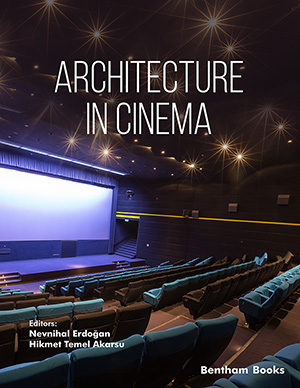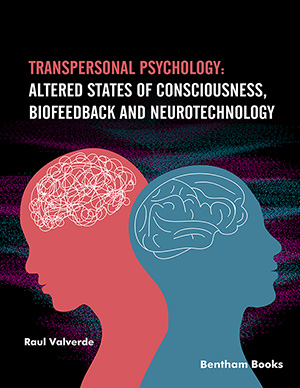Abstract
‘Tokyo is the Tower of Babel in modern times', says Mario Botto. In the
context of the study of cinema and architecture, this account may be one of the most
seminal approaches for our article, which aims at the analysis of Sofia Coppola’s 2003
film ‘Lost in Translation’. Akin to the Babel myth, the phrase ‘Lost in Translation’
(LiT, hereafter) underpins its discourse, which emphasizes one’s dual situation, that is,
that the two worlds (i.e., dream/real, virtual/actual) do not necessarily reconcile, but
can/should coexist mutually. This reversible dilemma reveals the multilayered,
complex, heterogeneous, and machinic status of the untranslatable, referring to one's
existential predicament or/and quest in space and time.
Hence, what the phrase implies for LiT is the fragmented, decentralized, and distracted
experiences of the two Western characters, even the inhabitants, in the city of Tokyo,
formed by both visible and invisible flows of digitization and globalization. Coppola's
carefully staged urban scenes constitute a space for distracted gaze and even demand
representational forms of distraction. In this context, the article explores how the
architecture of the city, becoming liquid indistinguishable from images, turns into a
[post-] media apparatus of the multidimensional network, that of the ‘distraction
machine’ constructing new subjectivities.
Keywords: apparatus, architecture, cinematic, decentered, digitalization, distraction, dream, film, gaze, globalization, information, language, machinic assemblage, media, mutation, space, spatial, subject, temporal, time, Tokyo, urban screen.







